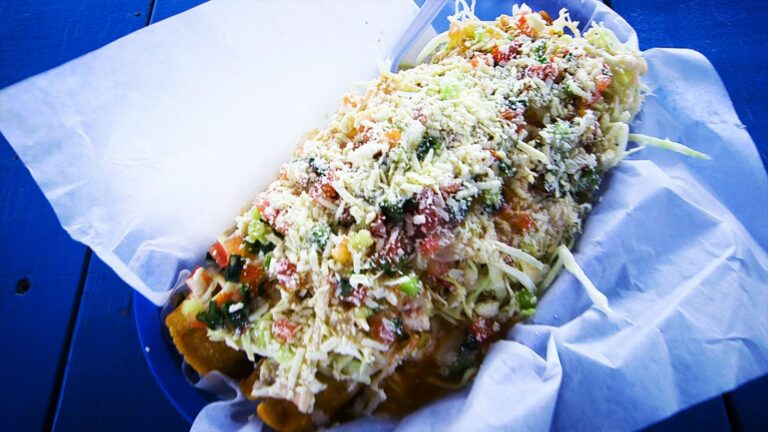Introduction: Honduran cuisine and its cultural influences
Honduran cuisine is a reflection of the diverse cultural influences that have shaped Honduras over the centuries. The country’s cuisine is a blend of indigenous, African, and European flavors and techniques. One of the most significant influences on Honduran cuisine has been the Spanish colonial period, which lasted from the early 16th century until the early 19th century.
The Spanish brought with them a range of ingredients and culinary techniques that have become a part of Honduran cuisine. While Honduran cuisine has evolved since the colonial period, it still bears the imprint of Spanish influence.
Overview of Spanish colonialism in Honduras
The Spanish arrived in Honduras in 1502, led by Christopher Columbus on his fourth voyage to the Americas. Over the centuries, the Spanish established a colonial presence in Honduras, marked by the construction of forts, churches, and other buildings that are still visible today. The Spanish also introduced their language, religion, and culture to the region.
During the colonial period, the Spanish introduced new agricultural practices to Honduras, including the cultivation of wheat, rice, and sugar cane. They also brought with them animals such as pigs, chickens, and cattle, as well as new cooking techniques and ingredients that have become a part of Honduran cuisine.
Spanish ingredients and dishes in Honduran cuisine
Honduran cuisine has a range of Spanish-influenced dishes and ingredients, including tortillas, tamales, and empanadas. Rice and beans are a staple of Honduran cuisine and are often served together as a main dish. The Spanish introduced a range of spices to Honduras, including saffron, paprika, and cumin, which are used in many Honduran dishes.
One of the most iconic Honduran dishes is baleadas, which are tortillas filled with refried beans, cheese, and sometimes meat. This dish has its roots in the Spanish tortilla, which is a potato omelet. The Spanish also introduced flan, which is a popular dessert in Honduras.
Regional variations in Honduran cuisine and Spanish influence
While Spanish influence can be seen throughout Honduran cuisine, there are regional variations in the use of Spanish ingredients and dishes. In the northern coastal region, for example, seafood is more prevalent, and coconut milk is often used in dishes. In the western highlands, there is more of an emphasis on beans and corn.
In general, though, Spanish influence is pervasive in Honduran cuisine, and many of the most iconic dishes have their roots in Spanish cooking techniques and ingredients.
Indigenous influences on Honduran cuisine
While Spanish influence is significant, Honduran cuisine also reflects the indigenous cultures that have lived in the region for thousands of years. Indigenous ingredients such as chiles, avocados, and corn are used in many Honduran dishes. Many traditional dishes such as tamales and chilate have indigenous roots.
The blending of Spanish and indigenous influences has resulted in a unique cuisine that is distinctively Honduran.
Conclusion: The enduring legacy of Spanish cuisine in Honduras
Spanish influence has had a profound impact on Honduran cuisine, and many of the most popular dishes have their roots in Spanish cooking techniques and ingredients. While Honduran cuisine has evolved over time, Spanish influence remains a significant part of the culinary landscape.
The blending of Spanish and indigenous influences has resulted in a rich and diverse cuisine that reflects the complex history and culture of Honduras. Whether you’re enjoying a plate of baleadas or a bowl of chilate, you’re experiencing the enduring legacy of Spanish cuisine in Honduras.

